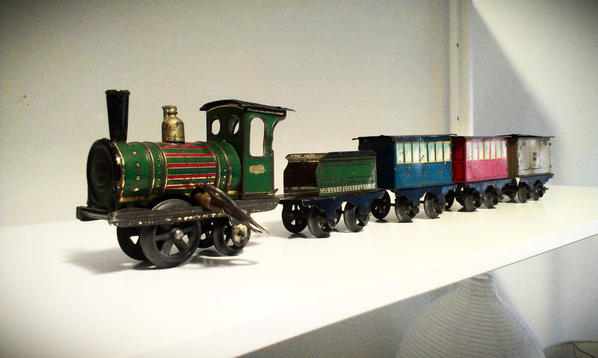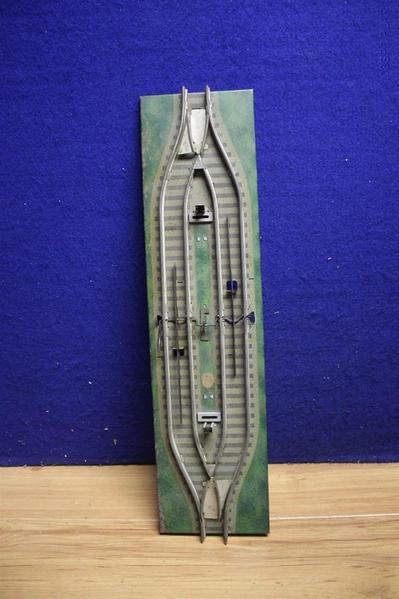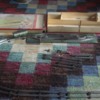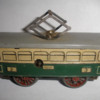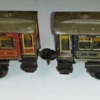Originally Posted by Elgaucho:
What about "S" Gauge/Spur? (*not Standard) I think I read somewhere that this was also an early european gauge (*24-26mm?)
An S gauge train wouldn't run on O track, it would fall right through. Besides, although there is more S around now, it started as a proprietary American Flyer gauge post-war; it didn't exist when this little train was made.
The wind-up trains particularly, and tinplate in general, were made with very wide tolerances; the track could vary a couple of mm and they didn't want the wind-up loco binding on curves, so things were made with as much free play as they could get away with. Art has a point, the wheels are just pressed on the axles, and maybe over time they've been pushed on too far. Theoretically they could be pulled out on their axles 1/2mm or so on each side which would fine-tune your gauge. Be very careful though, the old wheels could be quite fragile. I had an old Ives whose wheels looked fine but crumbled completely in my hand as soon as i put a little pressure with the wheel puller. Bummer.
I'm enjoying the picture of your train; love Issmayer although i have very little of it. Have a small station which is like your little train in being quite whimsical. Seems like maybe Issmayer didn't take themselves quite as seriously as Bing Marklin et al?




